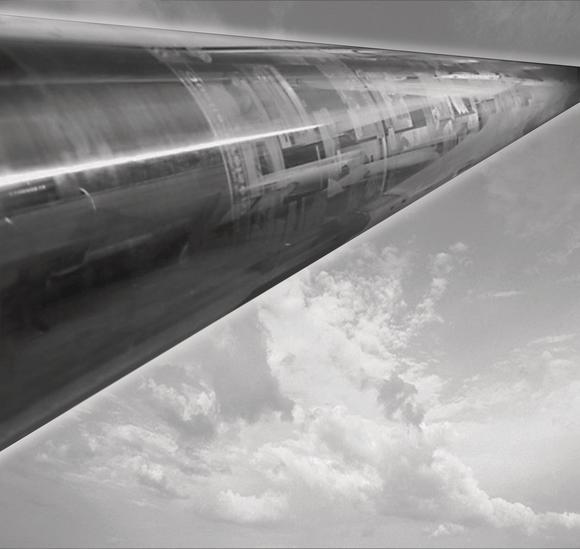For years, gravure and flexo printing have competed with one another on a daily basis for market shares in flexible packaging and for the attention of brand owners. Without doubt, flexo printing outwardly appears to be the most dynamic, particularly in relation to new developments. But how fierce is this competition? Do the strengths of the two processes complement one another, and which market shares result from this?
In recent years in particular, the food sector in packaging has shown a marked tendency to reposition towards private labels. Discount stores and retailers have raised the status of many of their own labels to the level of those of the major brands. As a result, many packaging manufacturers can barely distinguish today between the quality demands of private brands and those of major brand owners.
As a rule the selection behaviour by brand owners and retailers between the two printing processes can also no longer be differentiated. This averages out to a 50% share for each: flexo and gravure.
From a historical point of view, gravure is the process for best quality and large print runs. But the order sizes have changed dramatically during the past decade. Even now, gravure has to deal with small orders, on average below 90,000ft (in some cases below 30,000ft), a market, which was usually served by flexo.
Whilst gravure always had to fight with high cylinder engraving costs – at present they are 154% higher than for polymer plates – flexo is getting more expensive on its way to ‘gravure-like’ quality. It is remarkable that the costs for continuous photopolymer printing sleeves are only 13% lower than for gravure cylinders (high quality elastomer sleeves for only 10% less). Therefore, photopolymer plates still have an 86% share in flexo.
Our survey highlighted the economic difficulties in gravure, such as investment costs (steel bases), prepress costs, cylinder handling, makeready costs, set-up waste and others. Some actions to meet these issues have already been taken. Steel bases have become competitive with sleeve and lightweight cylinder systems (more than 40,000 running in Europe). Modern trolley systems reduce makeready times tremendously. Colour management, innovative ink mixing units, new register control systems and shorter web lengths in modern gravure presses promise reduced set-up waste.
Narrower, less automated but high quality printing machines give rise to lower capital and consumption costs and hence lower hourly rates. Additionally, the narrower width results in less start-up waste. Narrower printing cylinders cause correspondingly - and substantially - lower prepress costs. These savings put the significance of a few extra minutes required for set-up, due to a less automated process, and a slightly lower mechanical speed, into perspective.
In the final analysis, packaging producers have to decide which technical solutions will be able to solve their major problems in gravure printing. The survey did not establish the optimum approach for everyone. Whether maximum automation or downsizing to only what is absolutely necessary will be favoured in future is yet to be determined.
The views expressed on this page are those of the author, and may not be shared by this publication.
A large cylinder used in gravure printing. Cylinder Stefan Beilenhof, Consultant with Beilenhof Consulting. Stefan Beilenhof External weblinksConverting Today is not responsible for the content of external internet sites.Innoform Printcon Innonet


